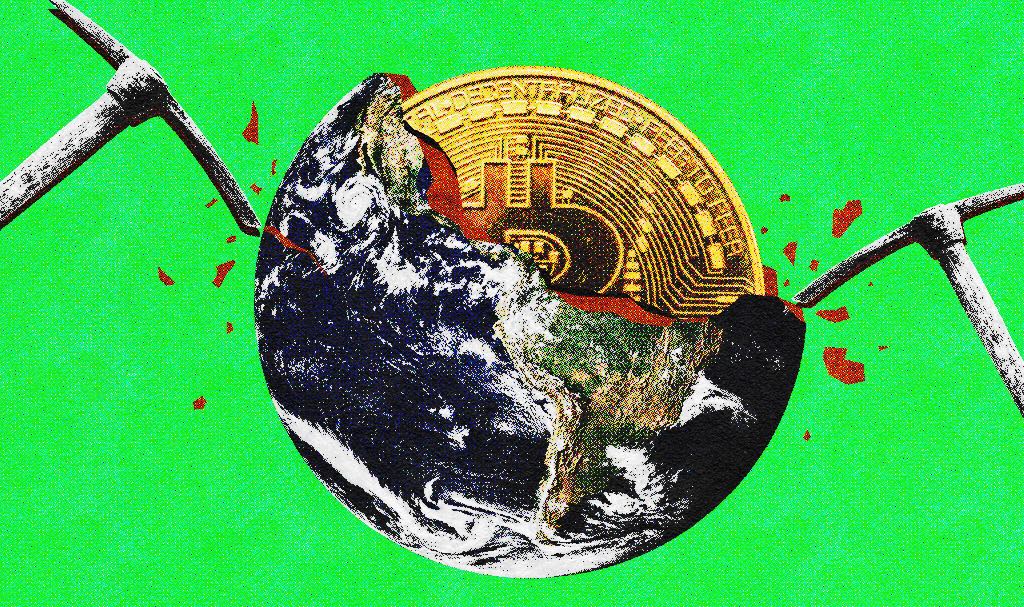[ad_1]
AsianScientist (May. 5, 2021) – Whether fighting the continued threat of COVID-19 or the worsening state of the environment, the scientific community has been nothing but persistent in finding innovative solutions to the world’s greatest challenges. To recognize the trailblazing researchers making waves across industries, Asian Scientist Magazine launched the annual Asian Scientist 100 list this month—celebrating the region’s scientific contributions in the process.
Our top stories for April detail how researchers are deploying supercomputers to crunch the numbers of climate change, sounding the alarm bells for its disastrous effects while uncovering potential strategies to mitigate the crisis. Meanwhile, in the public health arena, read about how a range of interventions in Asia, from homegrown vaccines to calibrated lockdowns, are redefining worldwide efforts to stave off COVID-19’s spread.
If you missed the latest scientific advancements from Asia, here are our highlights from April 2021 to bring you up to speed.

More than a year into the pandemic, one thing is for sure: containing the coronavirus requires a multi-faceted approach, combining both medical interventions and community policies. For its latest print issue, Asian Scientist Magazine took a deep dive into these strategies, ranging from mask-wearing to vaccine development.
Meanwhile, in Vietnam, strong leadership has shown how aggressive contact tracing, localized lockdowns and clear communication can prevent viral spread even in low-resource settings. Indeed, stopping viral transmission in its tracks—and not just treating severe disease—remains a top priority. This comes especially in the wake of emerging accounts of long-haulers, who suffer from the COVID-19’s persisting effects long after recovery.

With the effects of climate change at our doorstep, the world’s most powerful supercomputers are being deployed to accelerate our response to the crisis. And yet, paradoxically, due to the enormous amounts of power they consume, supercomputers can also contribute significant emissions in the process.
However, Japan’s Fugaku has found a way to balance performance with efficiency. Despite being the fastest supercomputer globally, it is also one of the most energy-efficient. Accordingly, it is currently being harnessed for sustainable energy generation and greener manufacturing.
Elsewhere, supercomputers are sifting through mounds of data at breakneck speed to simulate the consequences of global warming and pollution across Asia. Cities, in particular, may be the battleground for the fight against climate change. In Singapore, supercomputers are leading the charge—helping researchers find novel ways to keep cities cool and beat the heat.

From rising scientists with fresh ideas to veteran scholars sharpened by experience, the 2021 edition of our Asian Scientist 100 highlights the region’s exceptional researchers who have driven science forward amid an exceptionally difficult year.
Faced with great disruption and uncertainty, many scientists in Asia quickly pivoted their efforts to combat COVID-19—for instance, by developing vaccine allocation models and producing highly-accurate rapid test kits. Others remained focused on advancing science in other domains, resulting in breakthroughs like the world’s biggest Asian genetic database and mussel-inspired biomaterials for drug delivery.
With representatives from 13 different countries, this year’s list not only honors brilliant minds, but also hopes to inspire the next generation of scientific leaders across Asia.

As the value of the cryptocurrency market swells to new all-time highs, the dominant digital currency Bitcoin has also exponentially driven up its operations in China. But the highly profitable Bitcoin mining, where rewards are offered for solving complex problems, comes at the cost of sustainability, according to simulations performed by Chinese researchers.
Based on the team’s systems dynamics model, carbon emissions from China’s Bitcoin mining sector will skyrocket to an estimated 130 million metric tons by 2024. Without policy interventions such as regulating mining sites, the energy-intensive generation of digital tokens could result in a huge dent in China’s—and the globe’s—carbon reduction goals.

A China-US team has created the world’s first human-monkey embryo. Called a chimera, this mishmash of cells from different organisms isn’t quite like the hybrid beasts from Greek mythology—but it’s certainly a huge step forward for developmental biology.
Despite only living up to 20 days at most, the human-monkey chimeras allowed researchers to map out new pathways for intercellular and interspecies communication. While the study has sparked considerable ethical debate, such chimeras may someday be used to screen drugs and even generate transplantable cells, tissues or organs.
Copyright: Asian Scientist Magazine; Illustration: Oi Keat Lam/Asian Scientist.
Disclaimer: This article does not necessarily reflect the views of AsianScientist or its staff.
[ad_2]
Source link